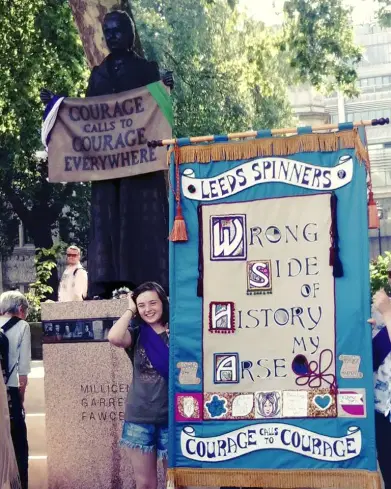The fight for women's rights is #unfinishedbusiness.
@britishlibrary thinks the next step is telling girls prostitution is a good career🙄
I wonder if they've noticed the feminist fightback for the definition of women & against commodification
Lets make a virtual exhibition!
@britishlibrary thinks the next step is telling girls prostitution is a good career🙄
I wonder if they've noticed the feminist fightback for the definition of women & against commodification
Lets make a virtual exhibition!
https://twitter.com/britishlibrary/status/1311236887273779201
An introduction from @helenlewis "A feminism unafraid to talk about the female body. A rejection of the extremes of identity politics. And – just as radically – a movement that happens in the real world rather than purely online. "newstatesman.com/politics/femin…
Women's voices
If you are a historian of feminism curating an exhibition an exhibition on the fight for women's rights and you miss all this, what is it you are doing?
Will this be a lovely exhibition about deckchairs on the Titanic?
Will this be a lovely exhibition about deckchairs on the Titanic?
• • •
Missing some Tweet in this thread? You can try to
force a refresh


































